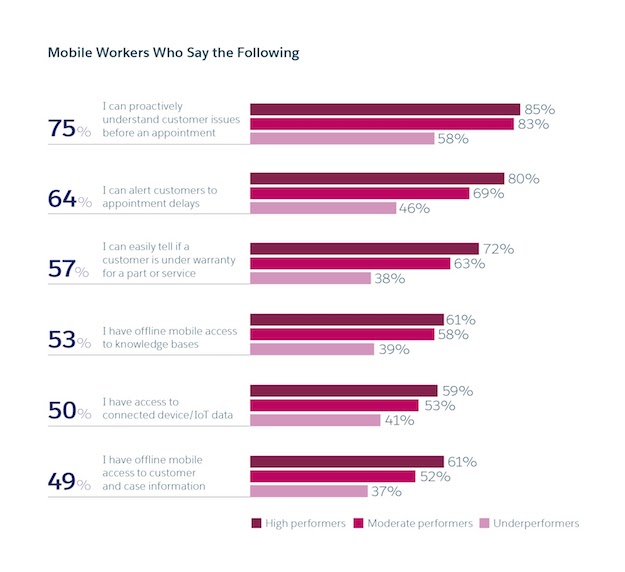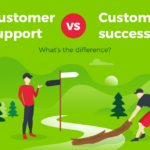We’re at a defining moment for field service management — invest in digital transformation or risk getting left behind.
Sketching calendars on whiteboards, managing schedules on spreadsheets, and sending mobile workers into the field with clipboards and mounds of paper forms means we’re not giving customers the same level of convenience, personalization, and connectivity in field service they receive in their daily lives. Eighty-four percent of customers say the experience a company provides is as important as its products and services, and that shift is reflective of business consumers as well. If you’re a business consumer, you still request pick-up via a ride-sharing app, get assigned a driver instantly, see where they are on a map, receive notifications, and leave real-time feedback. The same should be true for your field service appointment.
The business world needs to catch up to what we’re experiencing as consumers. The future of field service needs to be digitally connected from your business to your customer, but transformation can’t happen overnight. So, how do you take the steps now to future-proof field service management?
INVEST IN A MOBILE WORKFORCE
Businesses aren’t competing with products anymore — they’re competing with experiences. Delivering in-person service is a competitive differentiator because it connects your company directly with customers, establishing a relationship now and for the future. But the service experience must be streamlined: 89% of service decision-makers say the experience a customer has with a mobile worker is a reflection of their brand.
Seventy-one percent of service decision-makers are already making significant investments with improved technologies and increased headcount. Despite this prioritization, mobile workers still face challenges:
- Only 50% report having access to a connected device
- Nearly half (49%) still toggle between screens to complete tasks
- Forty-five percent have wasted significant time because of inaccurate or outdated job information
Your mobile workforce must have access to current customer information and tasks to turn a critical, vulnerable moment with a customer into an opportunity for loyalty.
In the next section, we’ll discuss how an investment in a connected field force solution drives efficiencies and improves productivity in the field.




